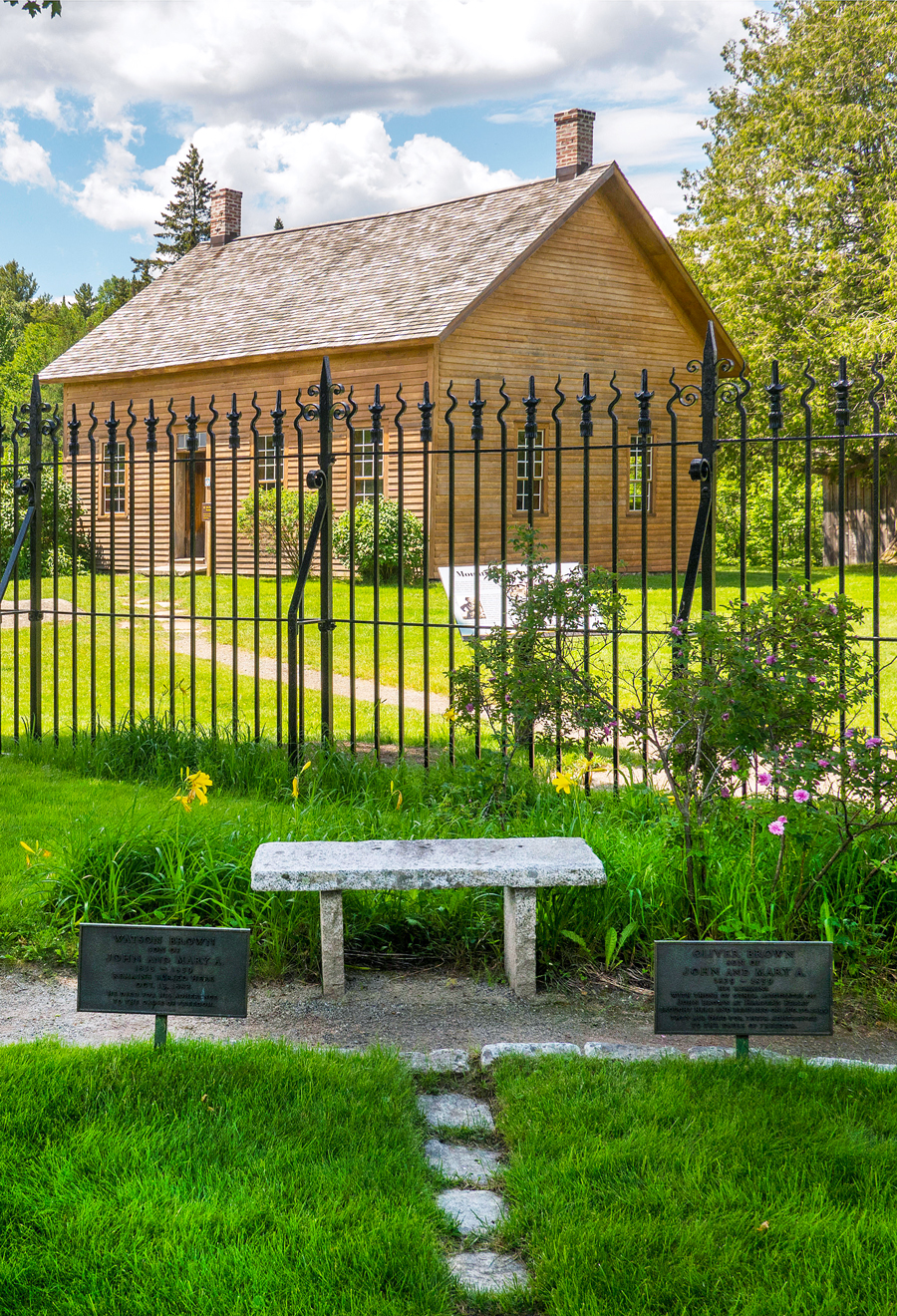In the decades leading up to the Civil War, the Underground Railroad — a network of people, places, and routes leading from the South to the free states in the North — allowed for an estimated 100,000 people to escape the bondage of slavery. As their work was illegal at the time, members of the Underground Railroad used a coded language to shroud their activity, referring to the runaway enslaved people as “passengers,” and the people who housed them as “station masters.” Station masters throughout the North operated discreet rescue missions by opening their homes as safe havens for passengers on the journey to freedom. Today, the following seven historic sites from the Underground Railroad tell the story of the station masters who helped to ensure the safe passage of thousands of people seeking freedom, making them an essential visit for any U.S. history buff.
Harriet Tubman National Historical Park – Auburn, New York
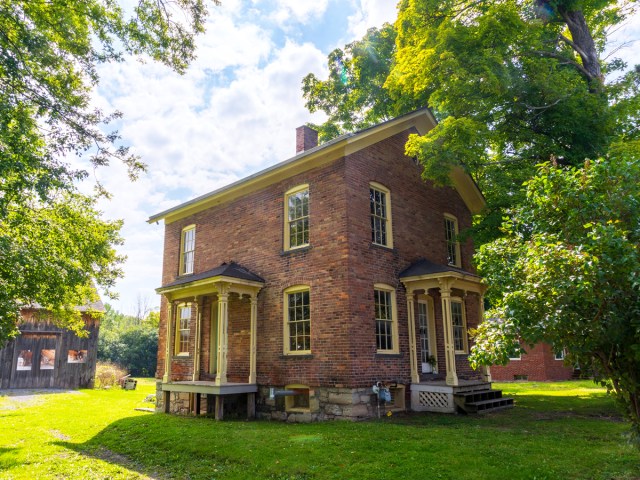
Harriet Tubman National Historical Park encompasses Tubman’s former house and church in Auburn, located in the Finger Lakes region of upstate New York. The historic site also features the Harriet Tubman Home for Aged and Indigent Negroes, which Tubman started to help elderly members of her community, and where she passed away in 1913. In the pre-Civil War era, Auburn was the perfect choice for Harriet Tubman’s permanent home after she escaped slavery herself. Not only did the upstate hamlet have a strong abolitionist community, but it also served as a secret nexus for the Underground Railroad.
Arguably the most famous conductor of the Underground Railroad, Tubman worked tirelessly to free enslaved African Americans from bondage. In the space of 10 years, she personally rescued about 70 people, including several members of her own family, and led many to Canada, where slavery was illegal. Today, the Harriet Tubman National Historical Park offers educational programs and exhibits about Tubman’s life and her crucial work as a freedom fighter.
Seward House – Auburn, New York
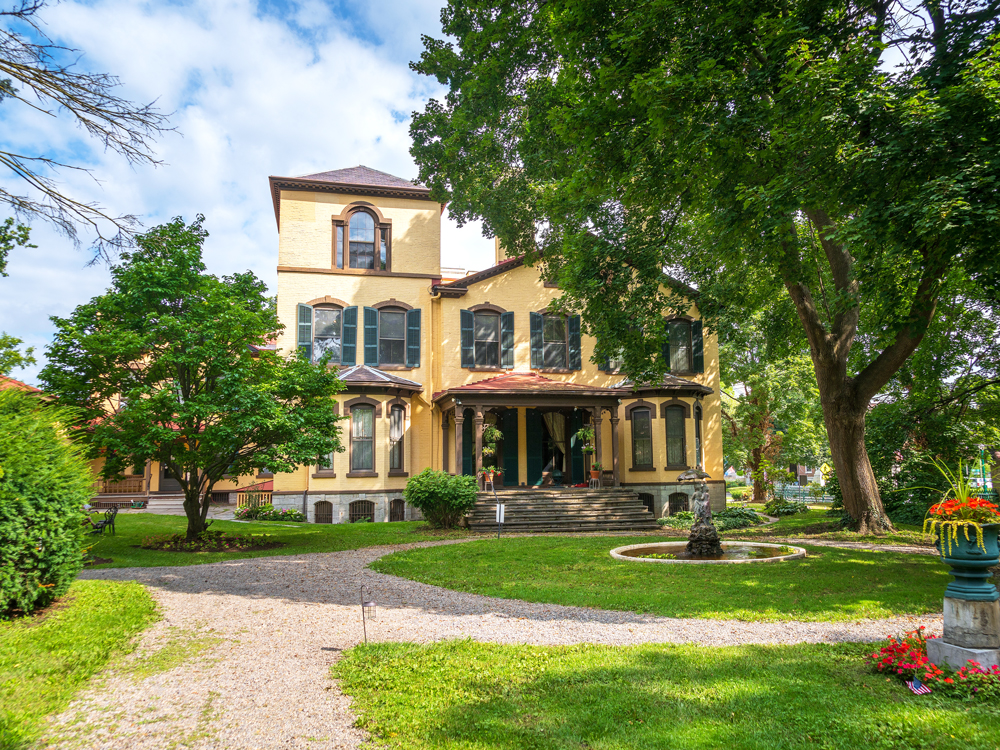
William H. Seward was a fellow resident of Auburn, a longtime friend of Harriet Tubman, and an active conductor on the Underground Railroad. A wealthy and prominent politician, Seward engaged in several illegal acts to personally help Tubman, including selling her home in Auburn and housing Tubman’s niece after her niece escaped to the North.
A regular station on the Underground Railroad, Seward House has been turned into a museum that showcases the lives of the Seward family and the work of the Underground Railroad. The house’s location in central New York was ideal, as it bordered Canada. At their home, Seward and his wife Francis often provided shelter, food, and assistance to people escaping slavery, using a room above the woodshed as a secret dormitory to house freedom seekers.
Plymouth Church of the Pilgrims – Brooklyn, New York
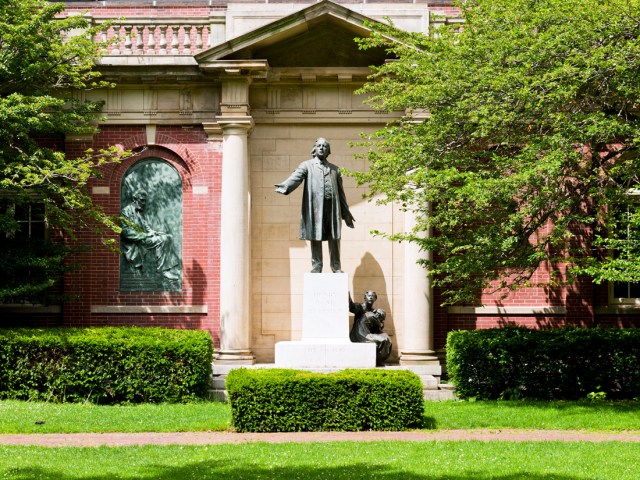
Nicknamed the “Grand Central Depot” of the Underground Railroad, Brooklyn’s Plymouth Church of the Pilgrims was a highly frequented station in New York City. Using the church’s basement to hide passengers, station masters provided food, shelter, and assistance for escaped enslaved peoples, serving as a welcome safe haven for over a decade leading up to the Civil War.
The church’s leader was Henry Ward Beecher, who was the brother of Harriet Beecher Stowe, the author who penned the influential 1852 antislavery book Uncle Tom’s Cabin. As the church’s pastor for 40 years during the height of slavery, Beecher, a staunch abolitionist, worked endlessly to condemn the practice, often preaching its evils from his pulpit in Brooklyn.
John Rankin House – Ripley, Ohio

Unassuming as it may be, the John Rankin House was a prominent station on the Underground Railroad in southern Ohio. Located directly across the Ohio River from Kentucky, a slave state, the home was the first stop in a free state for many passengers. A committed abolitionist, Rankin routinely opened his home to passengers and was responsible for helping approximately 2,000 people escape to freedom.
Rankin devised a system to communicate with runaways from a distance. By placing a lantern in the window, Rankin indicated the river was safe to cross, allowing passengers to use the light as a beacon to access his home. In addition to housing, feeding, and clothing freedom seekers, Rankin coordinated with other station masters farther north to personally ensure the safe passage of thousands of people.
John Brown Farm and Gravesite – Lake Placid, New York
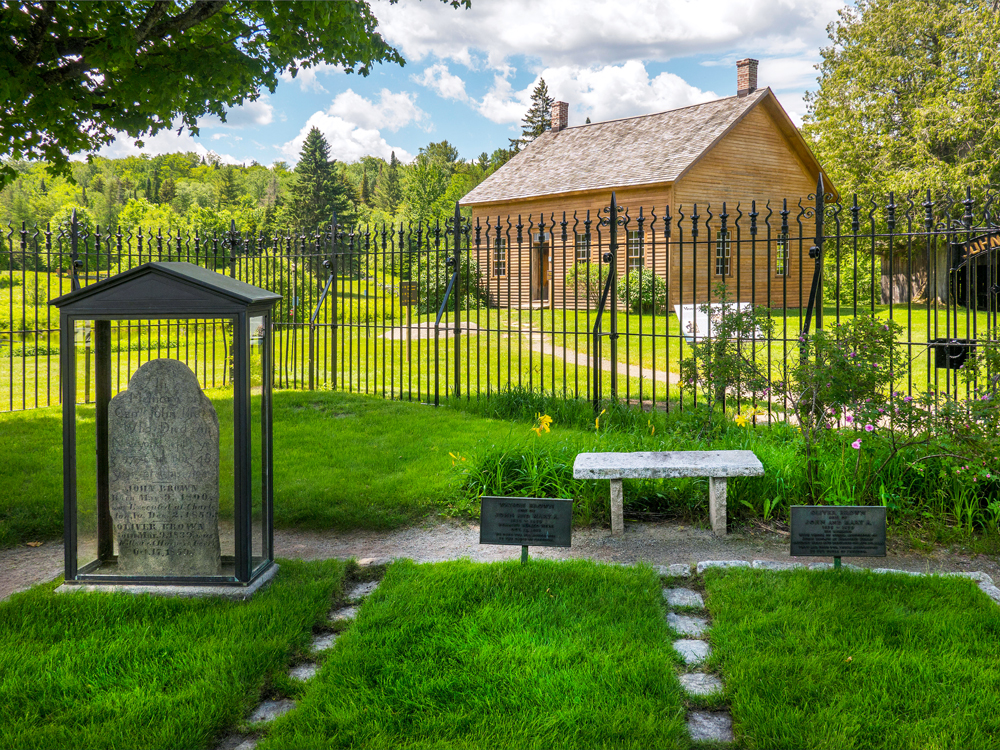
John Brown was a prominent abolitionist who aided passengers on the Underground Railroad by opening his home and other properties to runaways seeking refuge on the journey north. Located in Lake Placid, the John Brown Farm State Historic Site commemorates and honors Brown, who fought against the institution of slavery throughout his life.
In addition to organizing the League of Gileadites, a secret organization that attempted to protect runaways from the so-called “slave catchers” who pursued them, Brown also played an integral role in the Harper’s Ferry Raid of 1859. The purpose of the raid was to inspire a revolt by appropriating and distributing weapons to enslaved peoples. Unfortunately, Brown was captured and later executed during the raid. He was buried at his home and future historic site in upstate New York.
Dr. Nathan Thomas House – Schoolcraft, Michigan

Dr. Nathan Thomas and his wife, Pamela, were some of the most active members of the Underground Railroad in Michigan. As members of the Quaker faith, a staunchly antislavery religion, the pair were firmly rooted in the abolitionist movement. Their home in Schoolcraft was a busy stop for passengers fleeing the South for the safety of Canada, and it is believed they housed at least 1,000 formerly enslaved peoples over the course of 20 years.
As a physician, Nathan was uniquely suited to help passengers on their journey north, providing aid and medical care, while Pamela took care of logistics. All the while, the two were forced to act under the utmost secrecy, in order to secure the safety of the passengers in their care. Their home, the Dr. Nathan Thomas House, has since been designated as a historic site by the National Register of Historic Places.
Gerrit Smith Estate National Historic Landmark – Peterboro, New York
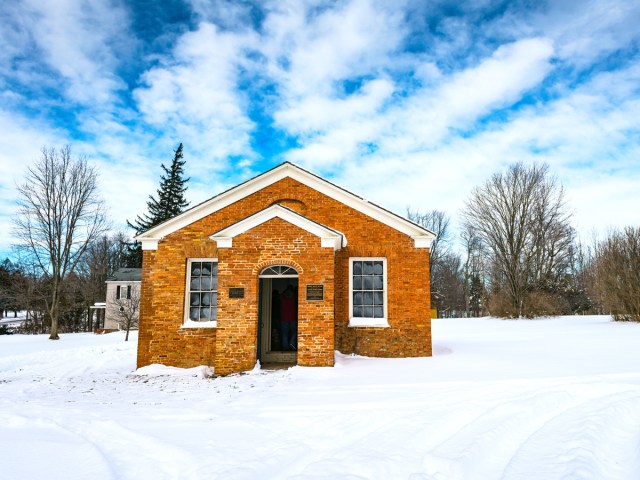
After assuming a great amount of wealth in the fur trade, Gerrit Smith became the richest landowner in New York state during the mid-19th century. In the years after making his fortune, Smith dedicated his time and money to support the abolitionist movement. He gave away parcels of land in order to help freed Black families become self-sufficient in the North and often purchased enslaved peoples directly from enslavers in order to free them.
A vocal advocate against the evils of slavery, Smith worked closely with Frederick Douglass and John Brown, offering his estate to host meetings and gatherings associated with the abolitionist movement. The Gerrit Smith Estate in upstate New York is now a National Historic Landmark and remains open to the public, with several historical events held during the summer.
More from our network
Daily Passport is part of Inbox Studio, which publishes content that uplifts, informs, and inspires.






